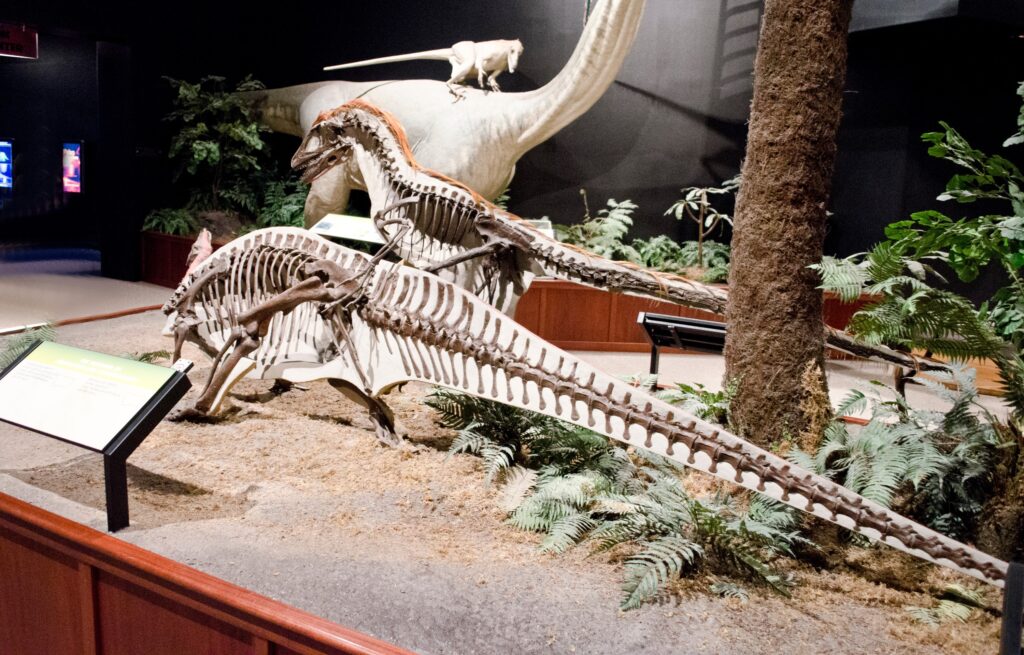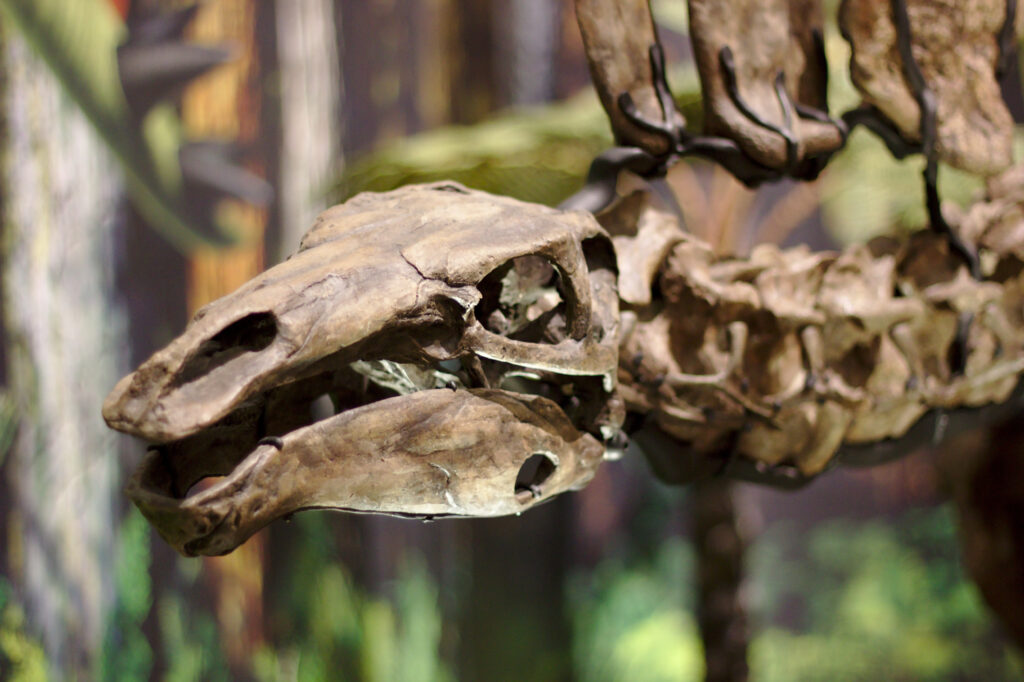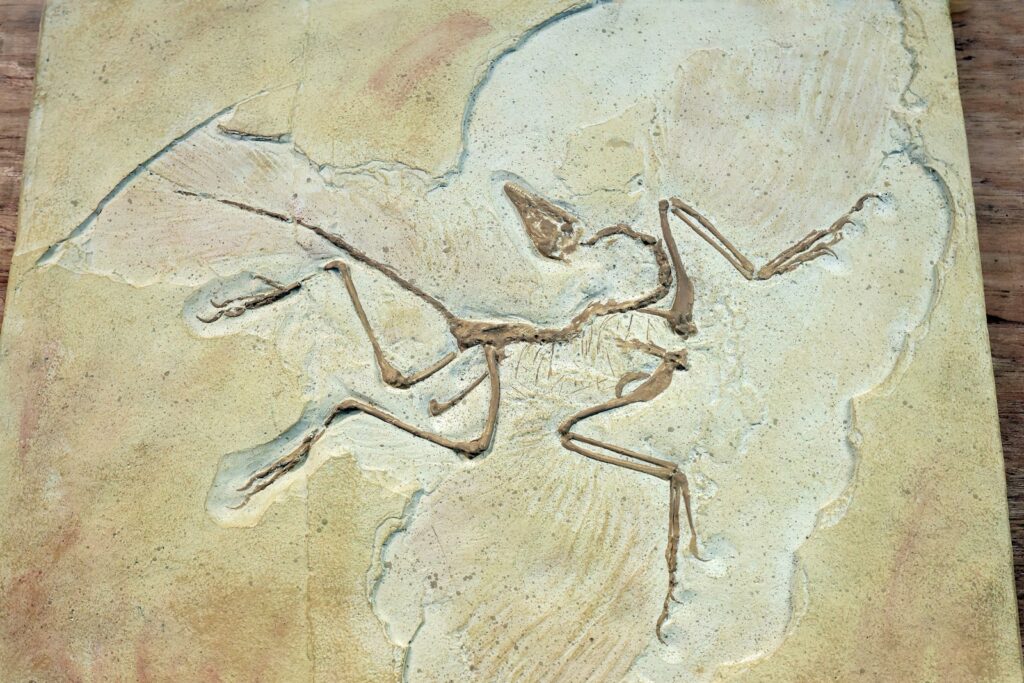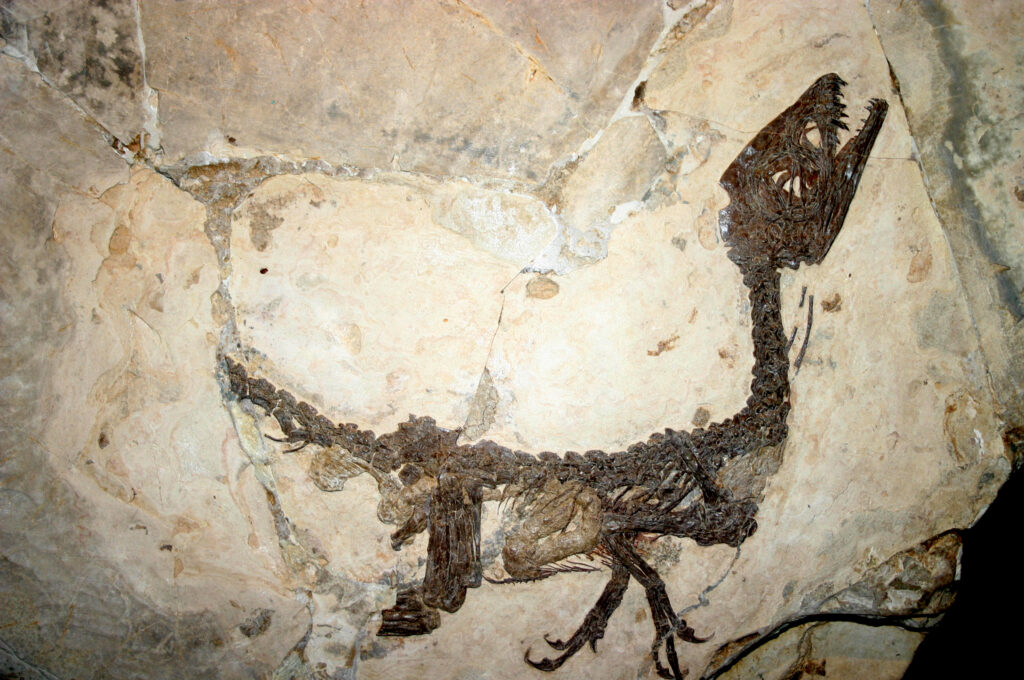Imagine walking through halls where towering dinosaur skeletons cast shadows like ancient giants, their bones telling stories from millions of years ago. The Royal Tyrrell Museum of Palaeontology in Alberta, Canada, stands as one of the world’s most extraordinary windows into prehistoric life. This isn’t just another museum with dusty displays – it’s a living laboratory where scientists actively uncover the secrets of creatures that ruled Earth long before humans ever existed. What makes this place so special that paleontologists from around the globe consider it their holy grail?
A Museum Born from Badlands

The story begins in Alberta’s Badlands, where erosion has carved dramatic landscapes and exposed some of the richest fossil beds on Earth. Joseph Tyrrell, a geologist, made the first major dinosaur discovery here in 1884 when he stumbled upon an Albertosaurus skull. This moment sparked what would become one of the most significant paleontological regions in the world. The museum, named in his honor, opened its doors in 1985 in Drumheller, strategically positioned right in the heart of fossil country. Today, it houses over 130,000 specimens, making it the largest museum dedicated entirely to paleontology.
The Dinosaur Capital of the World
Alberta’s unique geological history created perfect conditions for fossilization 75 million years ago. Ancient rivers carried sediments that buried dinosaur remains quickly, preserving them in remarkable detail. The museum sits atop what scientists call the “Dinosaur Provincial Park” – a UNESCO World Heritage Site containing fossils from 44 different dinosaur species. Think of it like a prehistoric graveyard where nature did the hard work of preservation, and now scientists get to play detective. The sheer diversity found here rivals any location on Earth, from tiny bird-like creatures to massive long-necked giants.
World-Class Fossil Preparation Labs
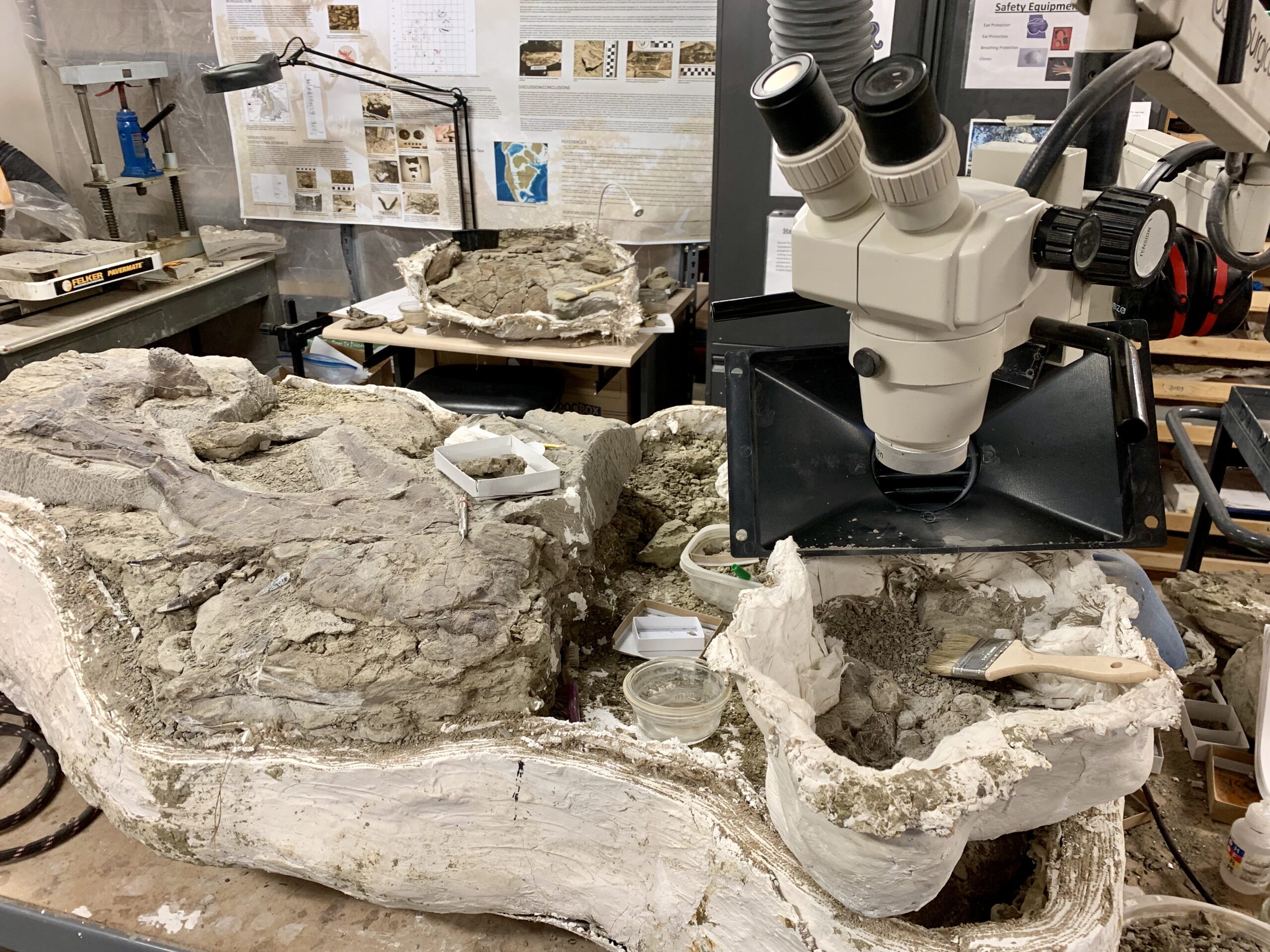
What sets this museum apart is that visitors can watch paleontologists at work through large glass windows. The preparation labs buzz with activity as skilled technicians carefully remove rock from ancient bones using tiny tools and even dental picks. Each fossil requires hundreds of hours of meticulous work – imagine performing surgery on a 70-million-year-old patient. The process is so delicate that a single sneeze could destroy months of work. These labs have prepared some of the most complete dinosaur skeletons ever found, including specimens that have rewritten our understanding of prehistoric life.
The Black Beauty That Changed Everything
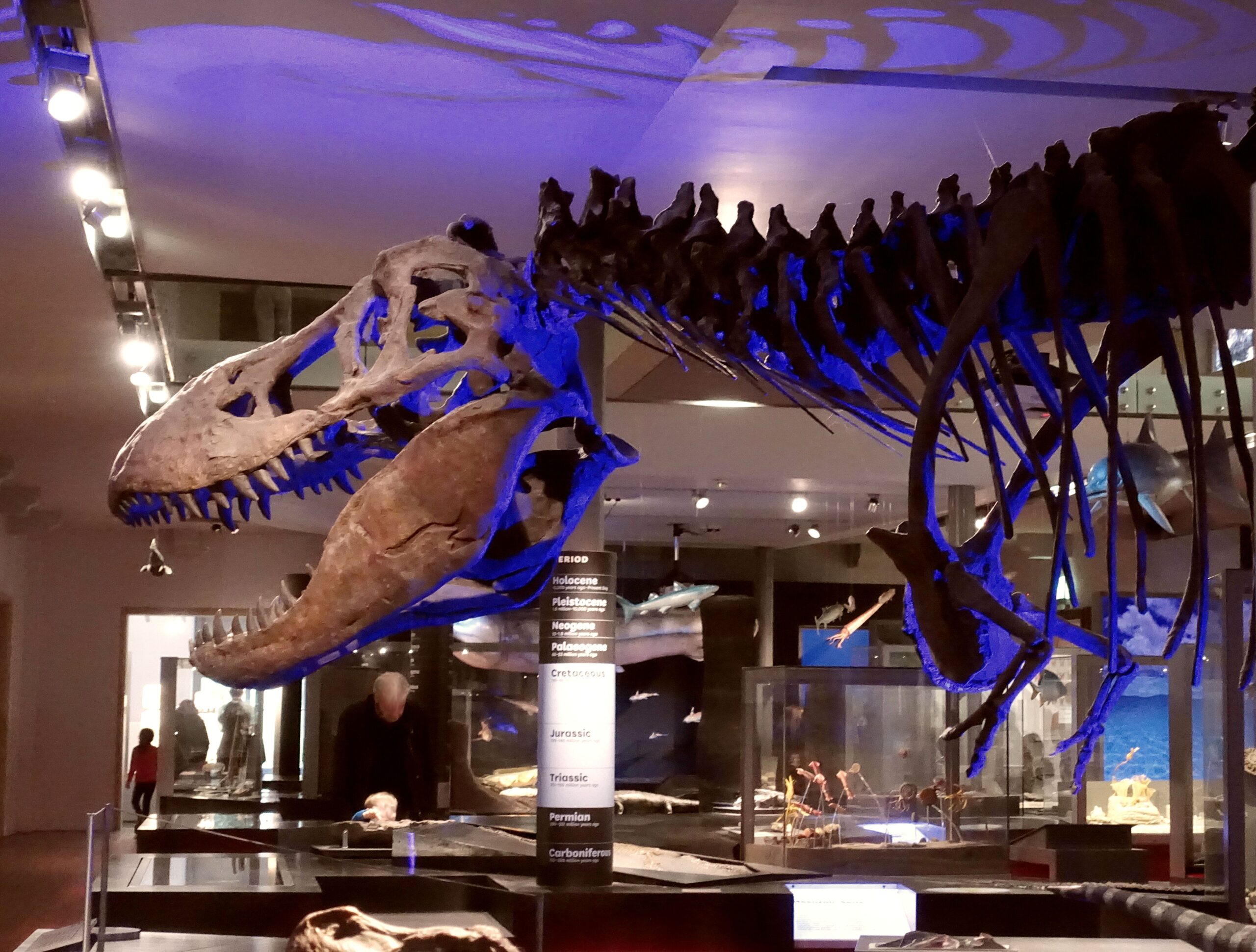
One of the museum’s crown jewels is “Black Beauty,” a nearly complete Tyrannosaurus rex skeleton discovered in Saskatchewan. This magnificent specimen stands 12 feet tall and 40 feet long, with bones so well-preserved that scientists can study muscle attachment points. What makes Black Beauty special isn’t just its completeness, but the story it tells about T. rex behavior and anatomy. The skeleton shows evidence of healed injuries, suggesting these apex predators lived dangerous lives. Seeing this giant up close makes you realize why dinosaurs captured our imagination – they were real, they were massive, and they once walked the same planet we call home.
Marine Monsters from Ancient Seas

While dinosaurs grab the headlines, the museum’s marine reptile collection is equally breathtaking. Alberta was once covered by a shallow sea called the Western Interior Seaway, home to creatures that make today’s sharks look like goldfish. Massive mosasaurs, reaching lengths of 50 feet, patrolled these ancient waters with jaws powerful enough to crush almost anything. The museum displays spectacular specimens of these sea monsters, including complete skeletons that show off their streamlined bodies and fearsome teeth. Plesiosaurs with necks longer than school buses also called these waters home, creating an underwater world more terrifying than any movie monster.
Feathered Dinosaurs and the Bird Connection
Recent discoveries have revolutionized our understanding of dinosaurs, and the Royal Tyrrell Museum showcases some of the most important evidence of the dinosaur-bird connection. Specimens with preserved feathers show that many dinosaurs were colorful, feathered creatures rather than the scaly lizards we once imagined. These fossils prove that birds aren’t just related to dinosaurs – they literally are dinosaurs. The museum’s displays help visitors understand this incredible evolutionary story through carefully preserved specimens and interactive exhibits. It’s like having a time machine that shows us how a group of meat-eating dinosaurs eventually learned to fly and became our modern birds.
The Burgess Shale Connection

Beyond dinosaurs, the museum houses incredible specimens from the famous Burgess Shale, a 505-million-year-old fossil site in the Canadian Rockies. These fossils preserve soft-bodied creatures that lived in Earth’s ancient oceans when life was just beginning to experiment with complex forms. Weird and wonderful creatures like Hallucigenia, with its spiky back and strange tube-like head, show us that evolution has always been creative. The preservation is so extraordinary that scientists can see details of internal organs and even gut contents. These tiny fossils tell a story just as important as the giant dinosaurs – they show us life’s earliest attempts at complexity.
Interactive Experiences That Bring Fossils to Life
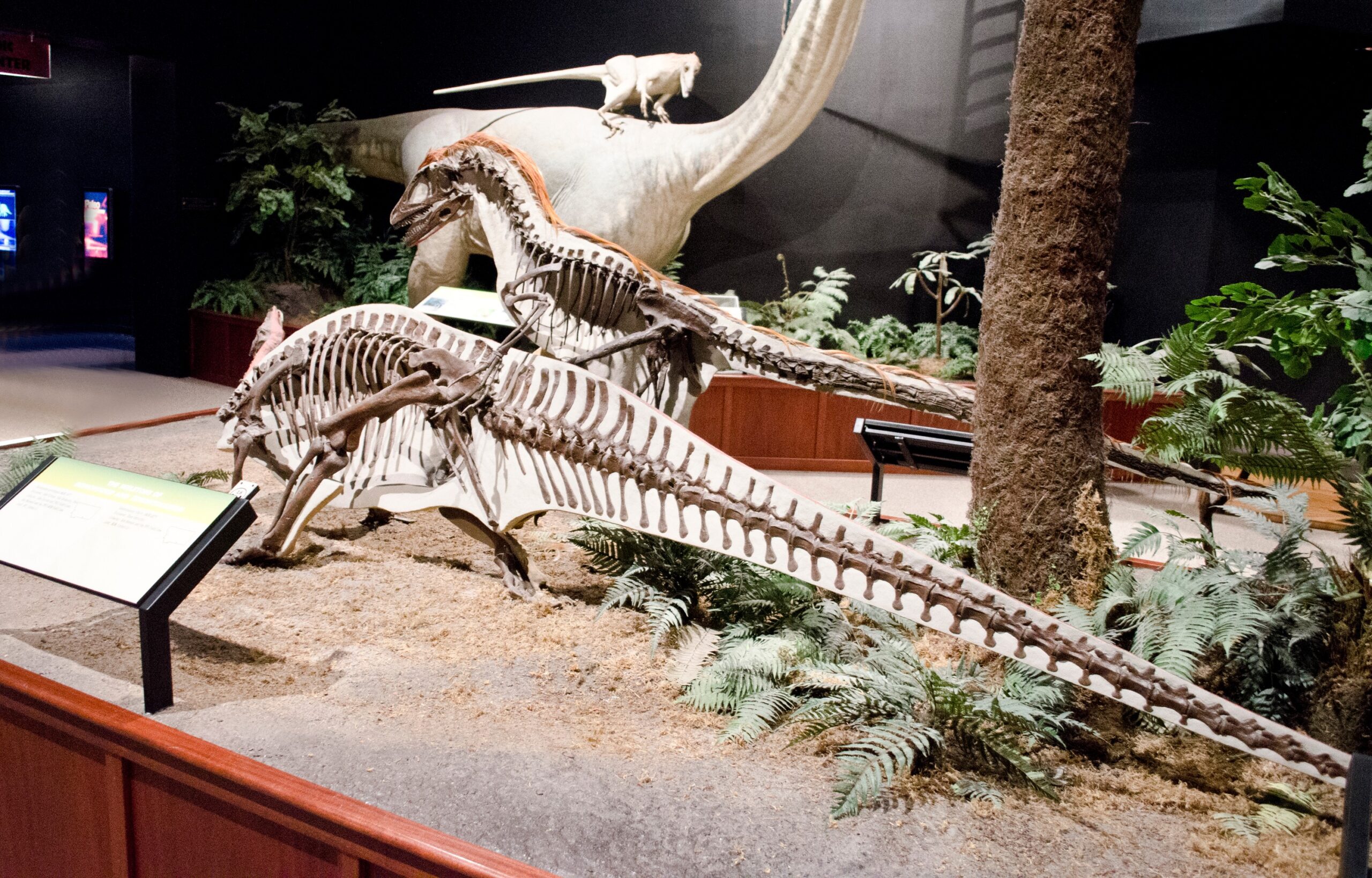
The museum doesn’t just display fossils; it creates experiences that make prehistoric creatures feel alive again. Visitors can touch real dinosaur bones, dig for fossils in simulated quarries, and even participate in actual excavations during summer programs. The “Grounds for Discovery” outdoor exhibit lets people explore full-size dinosaur skeletons in a natural badlands setting. Virtual reality experiences transport visitors back 75 million years to walk among living dinosaurs in their natural habitat. These hands-on activities transform passive observation into active discovery, making every visitor feel like a paleontologist for a day.
Cutting-Edge Research Changing Science
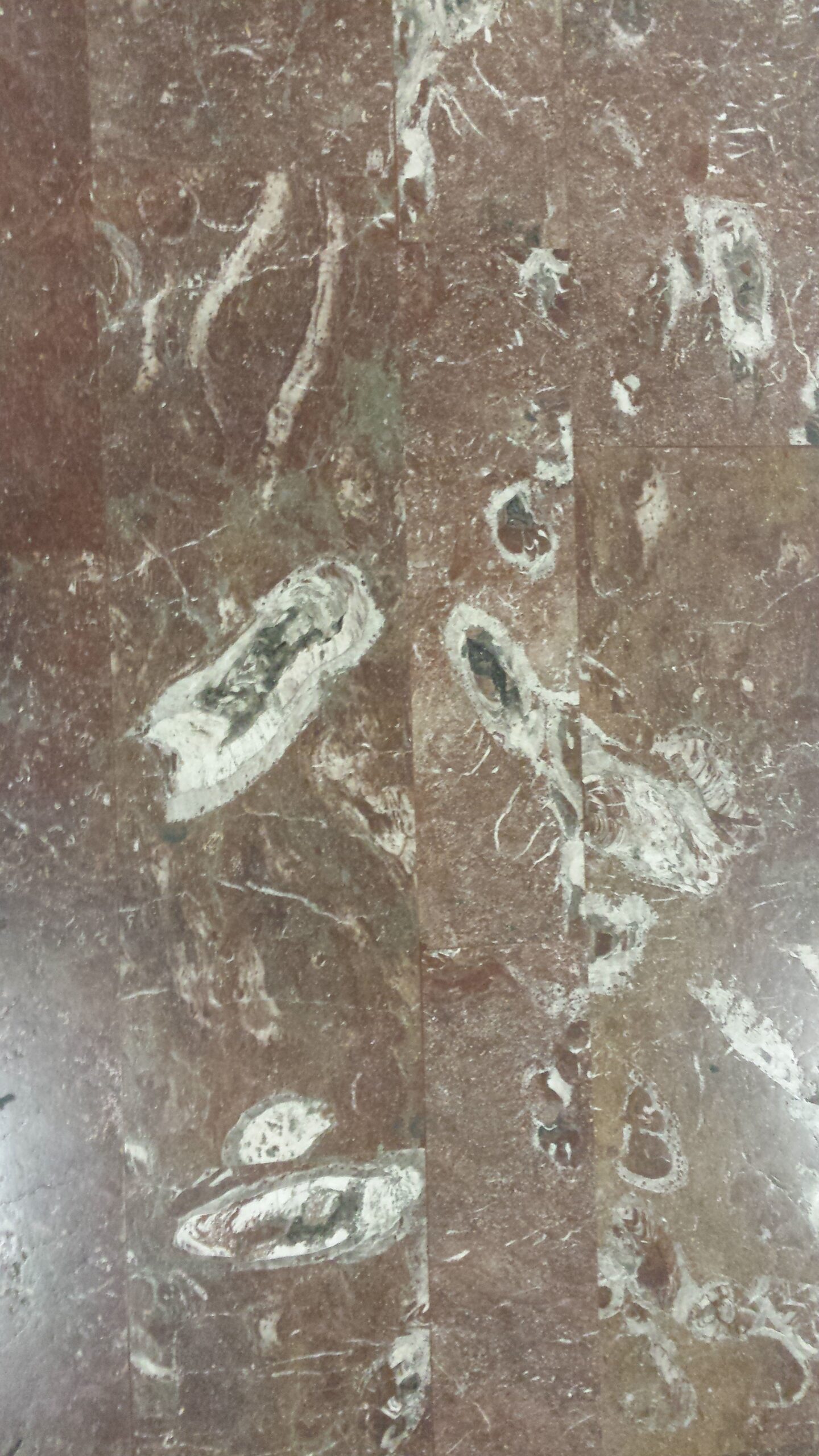
This isn’t just a museum – it’s an active research institution where groundbreaking discoveries happen regularly. Scientists here use advanced techniques like CT scanning to peer inside fossils without damaging them, revealing secrets hidden for millions of years. Recent studies have uncovered evidence of dinosaur social behavior, migration patterns, and even what colors some species displayed. The museum’s researchers regularly publish findings that make international headlines and change textbooks. Their work on dinosaur growth rates has shown that some species grew incredibly fast, reaching adult size in just a few years – much faster than we ever imagined.
The Prehistoric Ecosystem Approach
Rather than displaying isolated specimens, the museum excels at showing how prehistoric creatures lived together in complete ecosystems. Dioramas recreate ancient environments where visitors can see predator-prey relationships and understand how different species interacted. A Late Cretaceous scene might show a pack of Albertosaurus hunting duck-billed dinosaurs while pterosaurs soar overhead and small mammals scurry underfoot. This ecosystem approach helps visitors understand that prehistoric life was just as complex and interconnected as modern ecosystems. It’s like stepping into a nature documentary set 75 million years ago.
Preservation Techniques That Amaze Scientists
The quality of fossil preservation in Alberta often leaves scientists speechless. Some specimens retain original organic material, including proteins and even DNA fragments. The museum displays fossils with preserved skin impressions, stomach contents, and in rare cases, even soft tissues. These exceptional fossils provide direct evidence of what dinosaurs ate, how they moved, and what they looked like in life. The preservation is so good that scientists can determine the last meal of a 110-million-year-old armored dinosaur. This level of detail transforms our understanding from educated guesswork to scientific fact.
Educational Programs Inspiring Future Scientists
The museum’s educational outreach extends far beyond its walls through innovative programs that reach students across Canada and beyond. Mobile exhibits bring fossils to schools in remote communities, while online resources allow virtual visits from anywhere in the world. Summer camps give young people hands-on experience with real fossil preparation and field work. Many current paleontologists trace their passion back to childhood visits to this museum. The institution understands that inspiring the next generation of scientists is just as important as the research itself.
The Global Impact of Canadian Discoveries
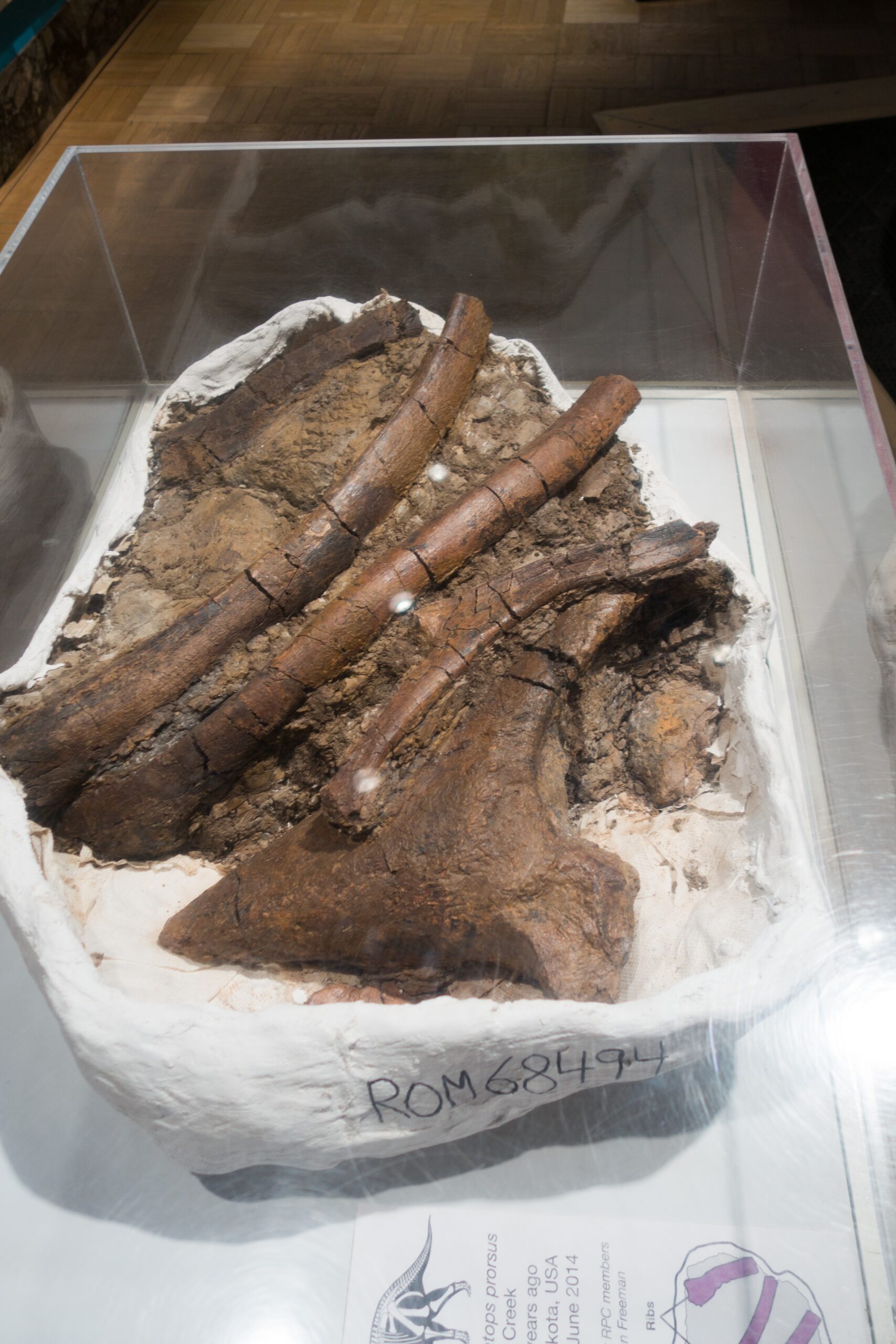
Specimens from this museum have influenced paleontology worldwide, with discoveries that have rewritten evolutionary history. The museum’s research on dinosaur metabolism, growth rates, and behavior has challenged long-held assumptions about these ancient creatures. International collaborations bring scientists from around the globe to study Alberta’s fossils. The museum’s publications and traveling exhibits have introduced millions of people to the wonders of paleontology. Alberta’s prehistoric treasures have become humanity’s shared heritage, helping us understand our planet’s incredible history.
Conservation Efforts Protecting Ancient Heritage
The museum plays a crucial role in protecting Alberta’s fossil heritage through conservation efforts and responsible collecting practices. Staff members work with landowners, government agencies, and other institutions to ensure important discoveries are preserved for science rather than lost to private collectors or weathering. The museum’s conservation lab uses state-of-the-art techniques to stabilize fragile specimens and prepare them for long-term storage. They also train the next generation of fossil preparators and conservators. This work ensures that future scientists will have access to these irreplaceable windows into Earth’s past.
The Future of Prehistoric Discovery

As technology advances, the Royal Tyrrell Museum continues to push the boundaries of what we can learn from fossils. New imaging techniques reveal internal structures without damaging specimens, while chemical analysis unlocks secrets about ancient environments and creature biology. The museum is pioneering the use of 3D printing to create perfect replicas for research and education. Artificial intelligence helps identify patterns in fossil data that human researchers might miss. These innovations ensure that even fossils discovered decades ago continue to yield new insights about prehistoric life.
Conclusion

Standing among these ancient giants, you can’t help but feel connected to the incredible story of life on Earth. The Royal Tyrrell Museum transforms dusty bones into living narratives that span millions of years, reminding us that we’re just the latest chapter in an ongoing epic. Each fossil tells a story of survival, adaptation, and the endless creativity of evolution. What other secrets might still be buried in Alberta’s badlands, waiting for the next curious explorer to uncover them?

